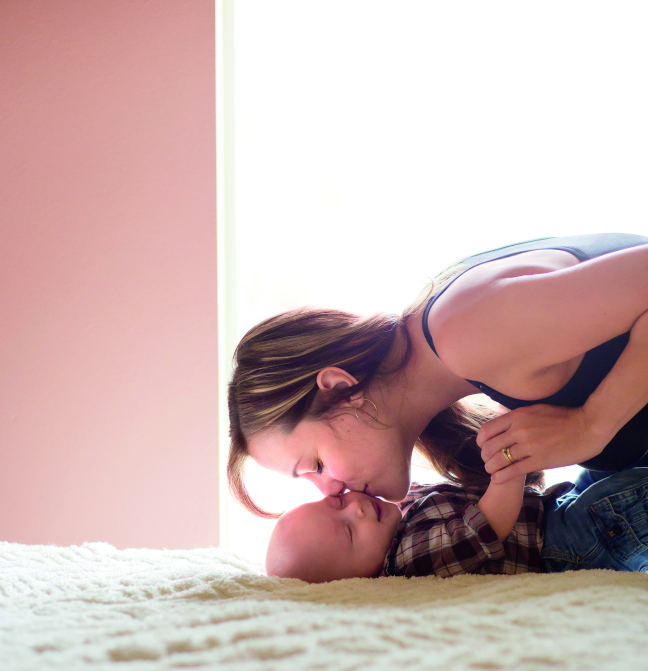-
Your concerns
Our articles to help you gain a better understanding
-
Our solutions
-
DUCRAY Dermatological Laboratories
Our articles to help you gain a better understanding

The term cradle cap refers to infant seborrheic dermatitis. In adults, we do not refer to cradle cap, but rather to seborrheic dermatitis.
Seborrheic dermatitis is a frequent condition, affecting 3% of the population. It is a benign but chronic disease which progresses in flare-ups. It is not serious, but can be unpleasant and can have a significant impact on quality of life.
In adults, seborrheic dermatitis affects the scalp in 95% of cases, which is why we sometimes hear about cradle cap in adults, due to the similarity of the lesions with those of infants affected by cradle cap. Contrary to cradle cap in children, which mainly affects the hair, in adults the face is also affected in two thirds of cases.
Lesions develop in the oily areas of the skin, where sebum secretion is greatest; such as the scalp, the furrow between the nose and cheeks, but also the eyebrows and the space between them, or the torso.
The origin of seborrheic dermatitis remains unknown to this day. However, three causal elements have been clearly identified: hyper-seborrhea, i.e. an excess of sebum on the surface of the skin, the proliferation of yeasts of the Malassezia genus, naturally present on the surface of the skin, and inflammation.
This yeast causes red plaques by triggering a specific inflammatory reaction, resulting in redness, and the accelerated renewal of scalp and skin cells, causing small white or yellow scales on the skin surface, sometimes incorrectly referred to as cradle cap in adults.
Seborrheic dermatitis flare-ups can be triggered by many factors such as stress, fatigue, alcohol and tobacco consumption, among other factors.
Its treatment today remains only symptomatic, there is no treatment to cure seborrheic dermatitis. Nevertheless, symptomatic treatments are very effective and enable recurrences to be spaced out in time.
Cradle cap